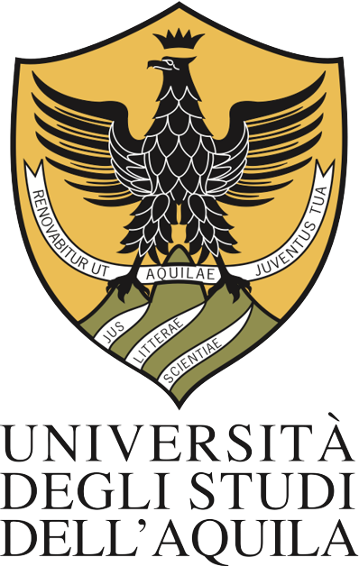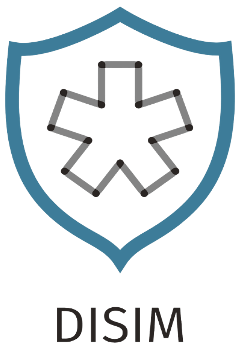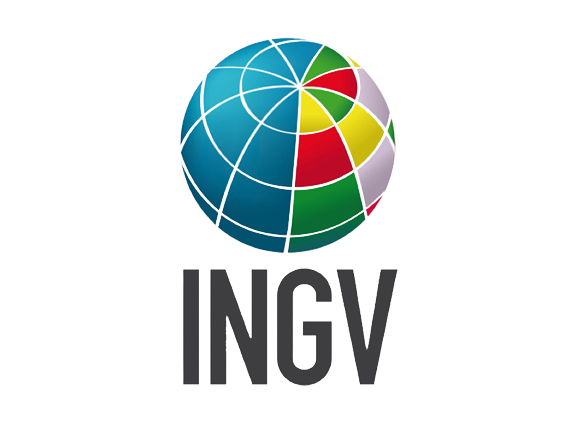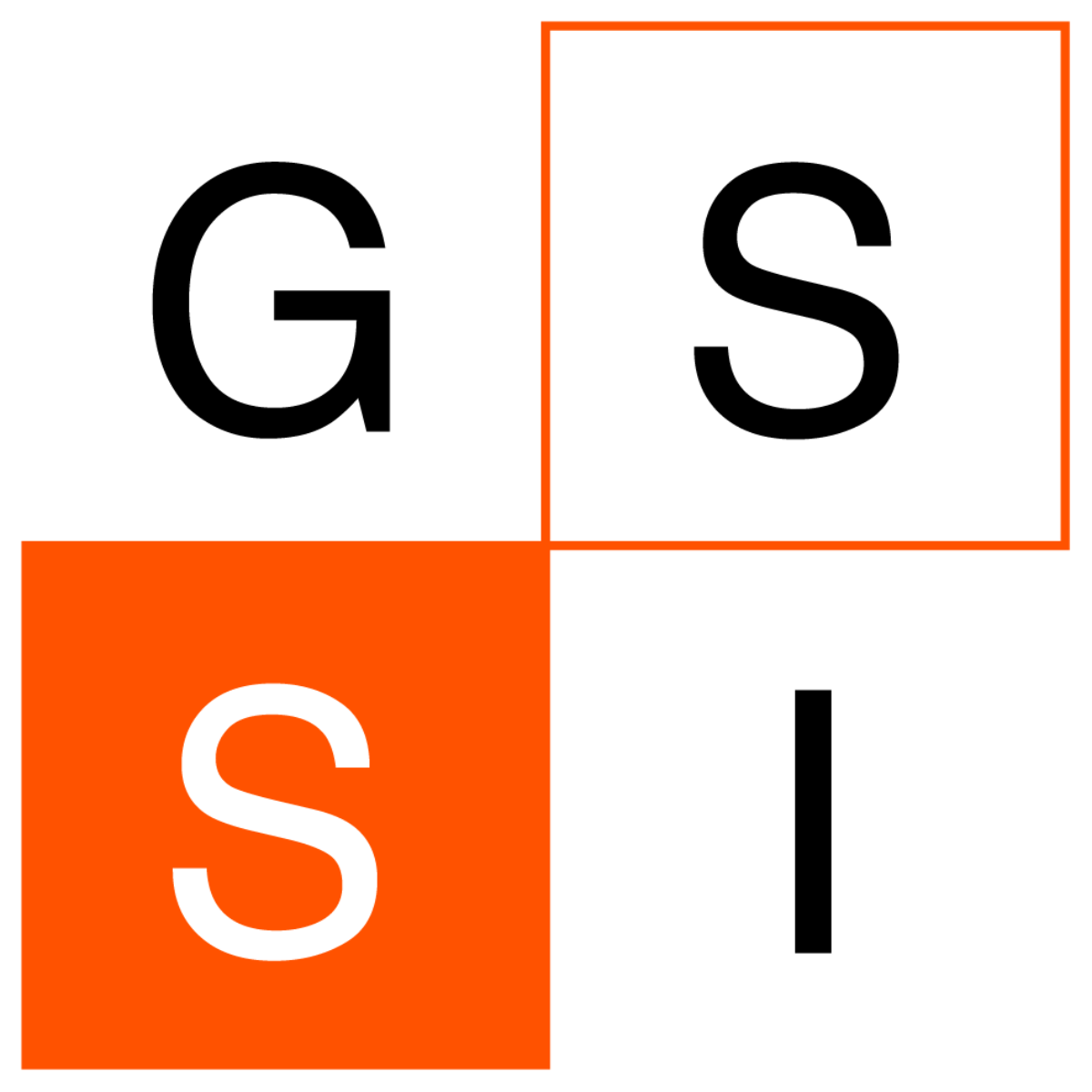2023 Blended Intensive Programme (B.I.P.) in Mathematical Modelling
L'Aquila, June - July 2023
The 2023 Blended Intensive Programme (BIP) in Mathematical Modelling involves a set of short courses addressed to MSc and PhD students of the InterMaths Network and the EULiST European Alliance. It is activated by the Department of Information Engineering, Computer Science and Mathematics of the University of L'Aquila in cooperation with the INGV and the GSSI.
The 2023 BIP in Mathematical Modelling is part of the education and training programme under the NATIONAL CENTRE FOR HPC, BIG DATA AND QUANTUM COMPUTING.
The programme will revolve around applied mathematics viewed as an interdisciplinary area at the interface with engineering, physics, economy, geology, biology and social sciences.
Students can choose between 3 curricula:
- Modelling Earthquakes (ME), chair Federica Di Michele
- Mathematical Models for Natural Disasters (MMND), chair Donato Pera
- Modelling and Simulations of Social-Behavioural Phenomena (MSSBP), chair Simone Fagioli.
Suitable Artificial Intelligence and High-Performance Computing techniques will be introduced in all three curricula.
Each curriculum will consist of:
- An online preparatory module in the period June 26 - 30, 2023, 15 hours with three mini-courses related to these preliminary subjects: introduction to PDEs, AI and HPC.
- And in-presence week in the period July 3 - 8, 2023 hosted by the Gran Sasso Science Institute, L'Aquila with in-presence courses, training AI-HPC lab. sessions and final project activity.
- Federica Di Michele (INGV - National Institute of Geophysics and Volcanology)
- Simone Fagioli (UnivAQ - Univerisiy of L'Aquila)
- Donato Pera (UnivAQ - Univerisiy of L'Aquila)
- Pierangelo Marcati (GSSI - Gran Sasso Science Institute)
- Bruno Rubino (UnivAQ - Univerisiy of L'Aquila)
June 15, 2023
Online Welcome
June 15, 2023
June 26-30, 2023
Online Module
July 3 - 8, 2023
On-campus Week
July 3 - 8, 2023
On-line Week schedule
Monday 26
09:00 - 11:30 Introduction to PDEs
14:00 - 16:30 Introduction to HPC
Tuesday 27
09:00 - 11:30 Introduction to AI and Machine Learning
14:00 - 16:30 Introduction to PDEs
Wednesday 28
09:00 - 11:30 Introduction to AI and Machine Learning
Thursday 29
09:00 - 11:30 Introduction to HPC
On-campus Week schedule
Modelling Earthquakes (ME)
Monday 3 | Tuesday 4 | Wednesday 5 | Thursday 6 | Friday 7 | |
|---|---|---|---|---|---|
09:00 - 10:00 | Project review | Project review | Cicone | Di Giulio | Smerizini |
10:00 - 11:00 | Project review | Project review | Cicone | Di Giulio | Smerizini |
11:00 - 11:30 | Coffee break | Coffee break | Coffee break | Coffee break | Coffee break |
11:30 - 12:30 | Project review | Project review | Lanzano | De Luca | Askan |
12:30 - 13:30 | Project review | Project review | Lanzano | Vassallo | Askan |
Mathematical Models for Natural Disasters (MMND)
Monday 3 | Tuesday 4 | Wednesday 5 | Thursday 6 | Friday 7 | |
|---|---|---|---|---|---|
09:00 - 10:00 | Project review | Project review | Curci | Rosini | Smerzini |
10:00 - 11:00 | Project review | Project review | Curci | Rosini | Smerzini |
11:00 - 11:30 | Coffee break | Coffee break | Coffee break | Coffee break | Coffee break |
11:30 - 12:30 | Project review | Project review | Stagnini | Radici | Askan |
12:30 - 13:30 | Project review | Project review | Lepidi | Radici | Askan |
Modelling and Simulations of Social-Behavioural Phenomena (MSSBP)
Monday 3 | Tuesday 4 | Wednesday 5 | Thursday 6 | Friday 7 | |
|---|---|---|---|---|---|
09:00 - 10:00 | Project review | Project review | Curci | Rosini | Zanella |
10:00 - 11:00 | Project review | Project review | Curci | Rosini | Zanella |
11:00 - 11:30 | Coffee break | Coffee break | Coffee break | Coffee break | Coffee break |
11:30 - 12:30 | Project review | Project review | Albi | Radici | Askan |
12:30 - 13:30 | Project review | Project review | Albi | Radici | Askan |
All the students who wish to join our BIP must be currently enrolled in an MSc or PhD course in one of the following disciplines:
- Mathematics
- Applied mathematics
- Physics and Geophysics
- Engineering
- Geology
- Or similar subjects.
Courses will focus on these topics: Earthquake engineering, Computational Seismology, Geology, Pedestrian movement modelling, Epidemiology, Opinion dynamics, Earth observation and Climate models.
Students can choose the follwoing curricula:
- Modelling Earthquakes (ME) will be based on the study of stochastic and elastodynamics equations for earthquake dynamics.
- Mathematical Models for Natural Disasters (MMND) will be based on the study of reaction-diffusion, elastodynamic and fluid dynamics.
- Modelling and Simulations of Social-Behavioural Phenomena (MSSBP) will be based on the study of reaction-diffusion-aggregation equations and conservation laws.
Some of the activities listed above will be common among the three curricula and some others will be more specific.
SPEAKERS
Giacomo Albi (University of Verona) – MSSBP
Opinion dynamics on networks: social influence and control
Aysegul Askan (Middle East Technical University) - ME+MMND+MSSBP
February 6, 2023 Kahramanmaraş Earthquakes: An Initial Assessment of Recorded Ground Motions and Observed Damages
Antonio Cicone (University of L’Aquila) – ME
The decomposition and analysis of nonstationary signals: a Mathematical perspective on Signal Processing
Gabriele Curci (University of L’Aquila) – MMND+MSSBP
How the global climate models work
Gaetano De Luca (National Institute of Geophysics and Volcanology) – ME
Central Apennines earthquakes vs. continuous hydraulic measurements of
Gran Sasso groundwater
Giuseppe Di Giulio (National Institute of Geophysics and Volcanology) – ME
Seismic ambient vibrations for near-surface characterization
Giovanni Lanzano (National Institute of Geophysics and Volcanology) – ME
30ys progress of empirical ground motion modeling in Italy
Stefania Lepidi (National Institute of Geophysics and Volcanology) – MMND
The geomagnetic field and its variability -Geomagnetic observatories and Magnetic Network run by INGV
Emanuela Radici (University of L’Aquila) - MMND+MSSBP
Opinion formation: microscopic and macroscopic description
Massimiliano D. Rosini (University G. d’Annunzio Chieti-Pescara) – MMND+MSSBP
From microscopic to macroscopic models in vehicular and pedestrian flows
Chiara Smerzini (Politecnico di Milano) – ME+MMND
Regional-scale physics-based simulation of earthquake ground motions by a high-performance spectral element code
Enrico Stagnini (GranSasso Science Institute) – MMND
Drone technology for earth observation
Maurizio Vassallo (National Institute of Geophysics and Volcanology) – ME
Modern seismic stations for earthquake and ambient seismic noise recording
Mattia Zanella (University of Pavia) - MSSBP
Kinetic modelling and control of epidemic dynamics with social heterogeneity
The participation of students and teachers will be supported by the new Erasmus short mobility scholarship and Erasmus Staff or Teaching Mobility scholarship.
Online activities start in:
On-campus week starts in:
The event will take place at the Gran Sasso Science Institute, viale Francesco Crispi, 7, L'Aquila.
How to reach us
By plane
The closest airports are in Rome (Fiumicino Airport https://www.adr.it/fiumicino & Ciampino Airport https://www.adr.it/ciampino) and in Pescara (Aeroporto d’Abruzzo http://www.abruzzoairport.com/). From Ciampino and Fiumicino there is a direct bus to l’Aquila (you can see timetable and fares here http://www.gasparionline.it/ ).
By train/bus
Since L’Aquila railway station is not well connected, we suggest to arrive to the stations of Rome or Giulianova (if you travel on the East coast along the Adriatic sea). There are direct bus connections from the stations of Roma Tiburtina and Giulianova to the Bus Terminal Collemaggio in L'Aquila city center (see http://www.tuabruzzo.it) and to the bus stop SS17 - Amiternum ( see http://www.tuabruzzo.it, http://www.gasparionline.it/ and https://www.flixbus.it/).
By car
L'Aquila is connected with the A24 Rome - Teramo highway, consider the exit L'Aquila Ovest for the conference venue, L'Aquila Est for the city center.
From Rome: take the A24 highway from Roma Est.
From Naples or Florence: it is possible to take the A24 from the A1 at Rome, using the highway link from the south or north.
From Bologna: coming from the A14, take the Teramo - Giulianova exit, then the freeway to Teramo, where you can join the A24.
From Bari or Pescara: Take the A25 from Pescara, exit at Bussi and follow the signs for L'Aquila SS17.
Registration
Students from partners Institutions will be supported by the new Erasmus short mobility scholarship. Please contact the International Relations Office once you filled the form at the link below.





